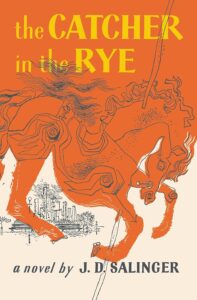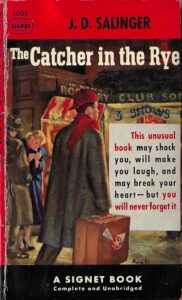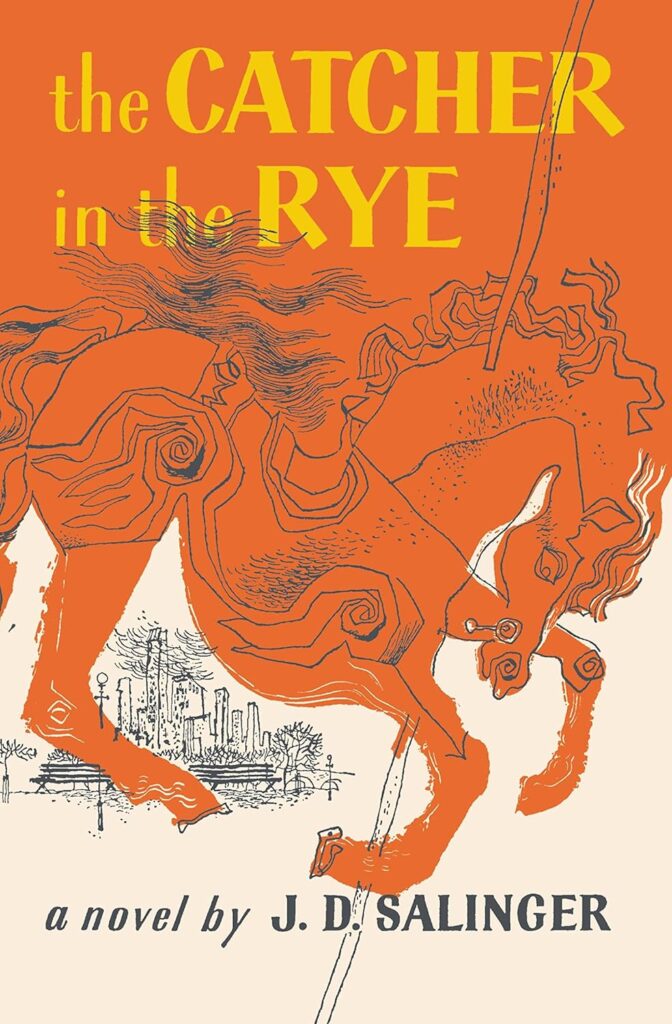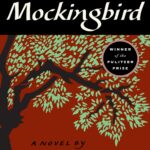The Catcher in the Rye by J.D. Salinger is one of the most famous and most frequently banned books in modern literature. Published in 1951, this novel has sparked intense debate and controversy due to its language, themes, and its portrayal of adolescent rebellion.
Despite being widely read and praised, it has faced censorship in schools and libraries across the world. The reasons for its banning are closely tied to its honest depiction of teenage angst, use of profanity, references to sexuality, and its protagonist’s rejection of societal norms.
Holden Caulfield, the 16-year-old narrator of the story, speaks in a voice that is raw, cynical, and deeply emotional. His narrative includes frequent profanity, which many parents and educators found offensive.
The use of such language in a book intended for young readers was seen as inappropriate, especially during the conservative atmosphere of the 1950s and beyond. For many, the book was an unwelcome mirror reflecting the turbulence of adolescence—a stage of life that was often idealized rather than understood.
Beyond the language, the book contains several sexual references. Holden discusses his encounters with and thoughts about sex in an open, often confused manner.
There’s a particularly famous scene where he hires a prostitute but ends up wanting to talk rather than engage in anything physical. While not explicit by today’s standards, these elements were enough to provoke alarm among those who believed literature should uphold moral standards rather than question them.
Another major reason The Catcher in the Rye was banned is the belief that it promotes rebellion. Holden is openly critical of authority figures, school systems, and the world of adults in general. He labels people as “phonies,” distances himself from traditional values, and wanders through New York City in search of something real. His actions—skipping school, lying, drinking, and rejecting adult advice—were interpreted by some as encouraging young readers to imitate his behavior and adopt a similarly defiant attitude toward society.
Yet, it’s exactly this honesty and refusal to conform that made the novel so powerful. The Catcher in the Rye resonated with generations of readers because it gave voice to the often unspoken fears, loneliness, and confusion that come with growing up. Holden Caulfield wasn’t a role model—he was a reflection of the inner struggles many teenagers face. His pain, grief, and sense of alienation made the book more than a story; it became a shared experience for anyone who had ever felt misunderstood or lost.
Ironically, the efforts to ban the book only increased its popularity. Millions of readers were drawn to it precisely because it had been labeled dangerous or inappropriate. It became a symbol of resistance and authenticity. Over time, educators and literary scholars began to recognize its value—not as a guide for behavior, but as an important exploration of identity, mental health, and the challenges of adolescence.
Today, The Catcher in the Rye is celebrated as a literary classic, studied in classrooms and quoted by writers, musicians, and filmmakers. Its history as a banned book is a reminder of the ongoing struggle between freedom of expression and the desire to shield society—especially young people—from uncomfortable truths. But the lasting impact of Salinger’s novel proves that literature has the power not just to entertain, but to provoke thought, spark dialogue, and connect us through shared emotion.
In Holden’s voice, millions have found their own, and in reading his story, generations have come to understand that being human means being flawed, curious, and constantly searching for meaning.





